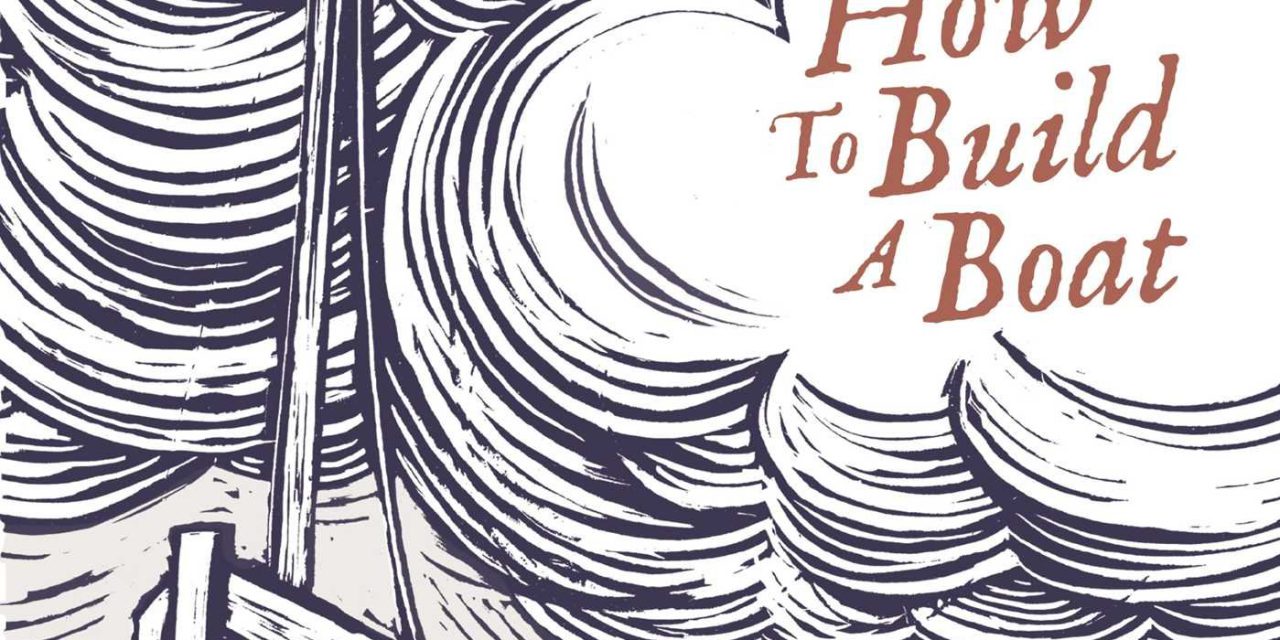 This first-person narrative will not, contrary to the title, actually teach you how to build a boat. Rather, Jonathan Gornall tells the tale of his personal quest to construct a traditional clinker-built dinghy for his three-year-old daughter, inviting the reader to relate to his triumphs, tribulations, and ultimately self-discovery.
This first-person narrative will not, contrary to the title, actually teach you how to build a boat. Rather, Jonathan Gornall tells the tale of his personal quest to construct a traditional clinker-built dinghy for his three-year-old daughter, inviting the reader to relate to his triumphs, tribulations, and ultimately self-discovery.
Gornall is a UK-based journalist whose connections to the sea include childhood memories and several failed attempts to rowacross the Atlantic, recounts of which he intersperses throughout. Divorced and remarried with an adult son from the first marriage, the aging Gornall reflects on his failures and regrets. Feeling that he missed the mark on fatherhood the first time around and stewing in a sense of inadequacy, he ultimately decides that successfully building a boat for his young daughter may be the solution to both. The task is meant to produce a physical symbol of love for his daughter while also proving to himself that he is capable of following through on a commitment.
With no boatbuilding experience (and no successful DIY experience at all, frankly), Gornall seeks out mentors who clue him in to what he will need to do. He rents a shed on a nearby property, acquires lumber after said mentors convince him not to start by felling his own trees, and blows his budget on tools. He sets a deadline for himself of one year, a deadline that he quickly realizes will approach at breakneck speed. Through a sequence of miracles, Gornall manages to pull it off, and the book concludes with the author and now-boatbuilder introducing his hard work to the daughter it was intended for.
While the pace of the narrative is sometimes slow and occasionally repetitive, it mirrors the reality of the work it is attempting to portray. The repetition also allows the reader to put it down and return to it at a later date without much need for a refresher. Detailed descriptions injected with that unique sailors’ humor will resonate with anyone who has ever attempted to work with their hands, and diversions into parenthood, money troubles, and coming to terms with family history bring an unusual degree of depth.
Overall, this book hits a lot of marks — boatbuilding history, the fraught nature of DIY projects, yarns from adventures at sea, and voyages of the self, all while being both approachable to a lay audience and still engaging to the expert. It breaks from the norm of “boaty” books while paying tribute to its roots. It is well-balanced, complex, and at times a page-turner, making it a worthwhile addition to anyone’s boating library.
How to Build a Boat: A Father, His Daughter, and the Unsailed Sea by Jonathan Gornall (June 2018, Simon & Schuster, $24.94)





